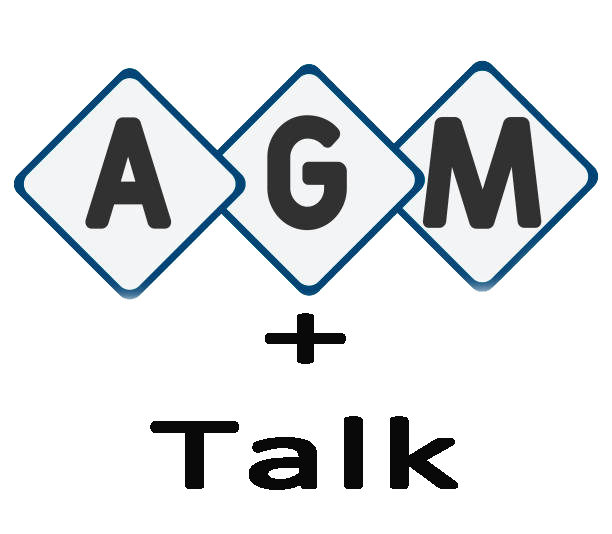
Archeoastronomy: A brief history By Professor Clive Ruggles
September 19 @ 7:15 pm – 9:00 pm

Archaeoastronomy grew out of interpretations of Stonehenge and other British prehistoric monuments in the 1960s as “ancient observatories” — ideas that generated a huge wave of popular interest but also proved highly controversial among academics, pitting astronomers against archaeologists as they reached fundamentally different conclusions on the basis of the same evidence. More than half a century later, archaeoastronomy—the study of beliefs and practices concerning the sky in the past—is pursued by academics around the world, although for many it still remains controversial.
In this talk I’ll trace the history of development of this intriguing but often turbulent field, drawing upon examples from around the world (including my own fieldwork in Hawai‘i and Peru) but focusing on prehistoric Britain and Ireland.
I’ll also mention how archaeoastronomy relates to World Heritage and to dark sky places.
BIO
Clive Ruggles is Emeritus Professor of Archaeoastronomy in the School of Archaeology and Ancient History at the University of Leicester. His latest book “Stonehenge: Sighting the Sun” (co-authored with Amanda Chadburn), commissioned by Historic England, will be available from next year. Clive is a past President of the Prehistoric Society, the International Society for Archaeoastronomy and Astronomy in Culture, and IAU Commissions C3 (History of Astronomy) and C4 (World Heritage and Astronomy). For ten years Clive co-ordinated, for the IAU, a joint initiative with UNESCO seeking to promote, preserve, and protect the world’s most important astronomical heritage sites. He is also a member of the IAU’s Working Group on Star Names, which is identifying cultural names for naked-eye stars that do not already have internationally agreed names.

You must be logged in to post a comment.